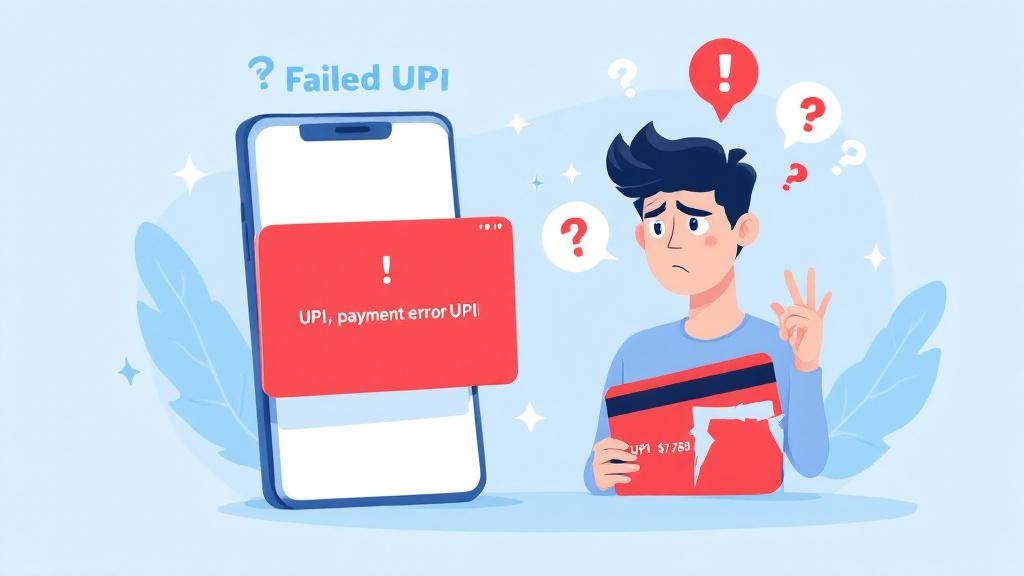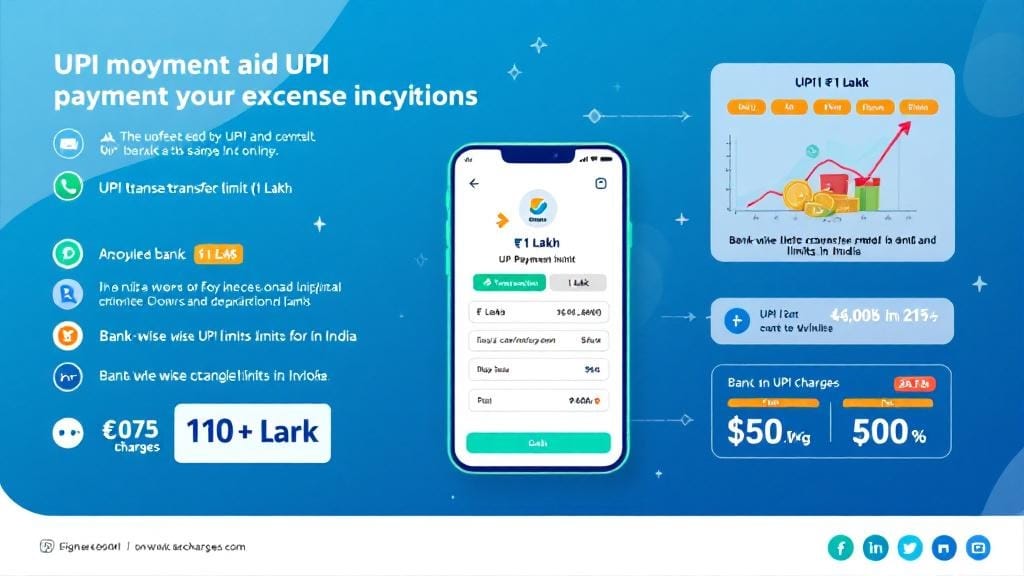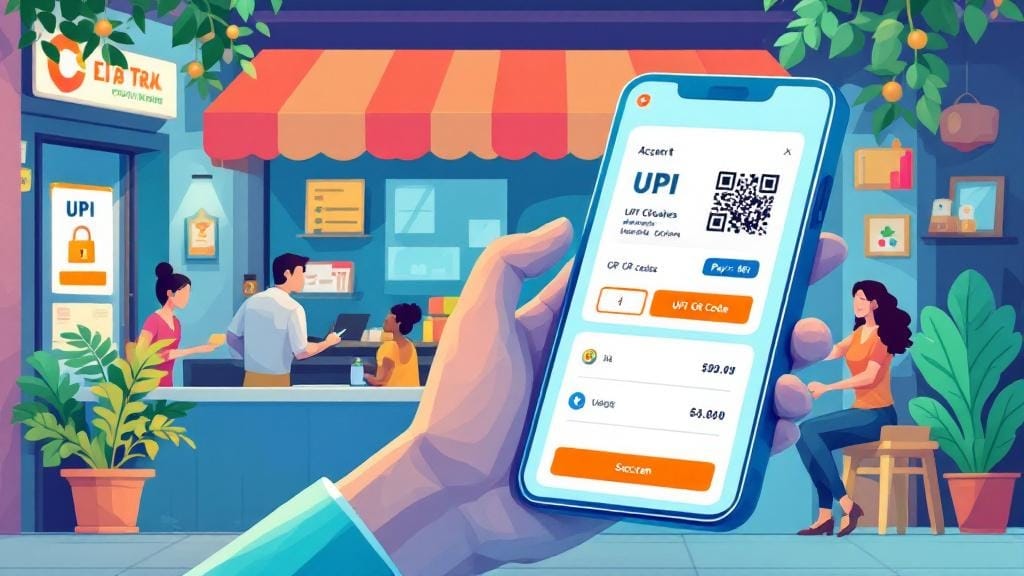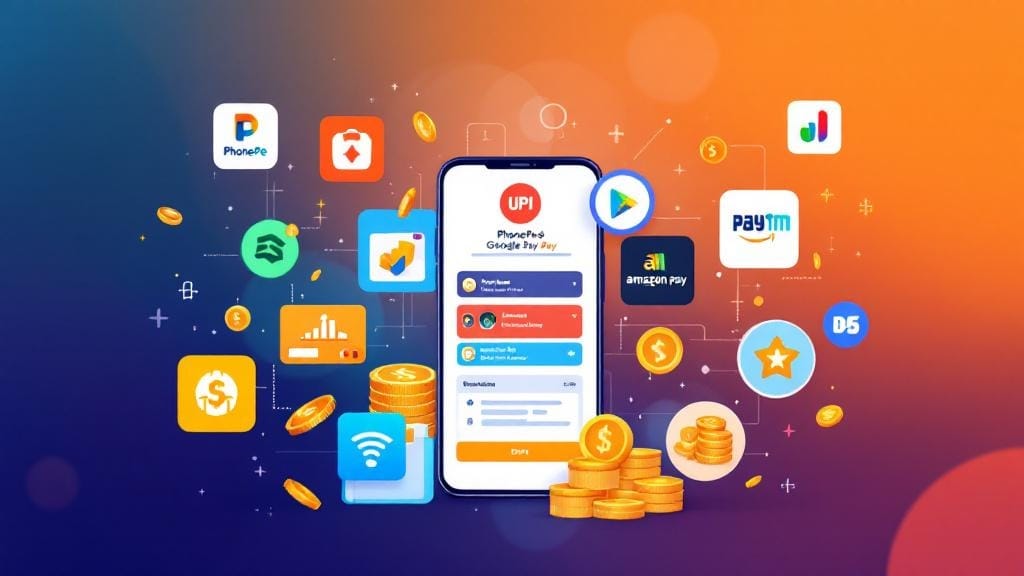Unified Payments Interface (UPI) has revolutionized digital payments in India. It’s fast, efficient, and has made transferring money from one account to another as easy as sending a text message. However, despite its many benefits, users often encounter the dreaded message: “UPI Transaction Failed.” So, what exactly happens when a UPI transaction fails, and more importantly, how can you resolve it?
If you’ve ever had a UPI payment failure, you’re not alone. Millions of transactions happen on UPI every day, and sometimes things don’t go as planned. Whether it’s a minor glitch or a more significant issue, it’s essential to understand the possible reasons behind these failures and how you can resolve them effectively.
In this blog post, we’ll dive deep into what happens when your UPI transaction fails, why UPI payments fail, and how you can troubleshoot UPI transaction errors to ensure smooth transfers in the future.
Why Do UPI Transactions Fail?
Before we get into the specifics of how to fix a failed UPI transfer, it’s important to understand the potential reasons behind UPI payment issues. Below are some of the most common causes:
1. Bank Server Issues
One of the most common causes of UPI payment failures is a problem with the bank’s server. The NPCI (National Payments Corporation of India) facilitates the UPI system, but sometimes the individual bank servers might experience downtime or glitches. In such cases, your UPI transaction may fail due to a temporary disruption in service.
2. Payment Gateway Error
Sometimes, the issue lies not with the bank, but with the payment gateway itself. This can happen due to a payment processing delay or even a technical glitch in the app or system. You might receive a “UPI transaction error” message if the gateway isn’t able to connect properly.
3. Technical Glitches in UPI Apps
A UPI app not working correctly can also cause transactions to fail. This can be due to outdated app versions, app bugs, or poor network conditions. A simple app restart or update might fix the problem.
4. Insufficient Funds in Your Account
It may seem obvious, but one reason for a failed UPI transaction is insufficient funds in the sender’s bank account. If there isn’t enough balance to cover the payment, the UPI transfer will not go through.
5. Incorrect UPI ID or Payment Details
Another reason for failure is entering incorrect details while making the transfer. If the recipient’s UPI ID or any other required details are wrong, the payment may be rejected or declined.
6. UPI Server Down or Maintenance
At times, the UPI server may be down due to scheduled maintenance or unexpected outages. In such cases, you’ll receive an error or failure message, and you can usually try the transaction again once the servers are back online.
Common UPI Transaction Errors and How to Resolve Them
Now that we know the common reasons behind UPI payment failures, let’s look at the specific errors you might encounter and how to fix them.
1. “UPI Payment Declined” Error
If you see a “UPI payment declined” message, it generally means that your payment was rejected by the recipient’s bank or the payment gateway. This could happen due to issues like insufficient balance, incorrect recipient details, or issues at the receiving bank’s end.
How to resolve it:
Double-check the payment details, including the UPI ID.
Ensure there are enough funds in your account.
Contact the recipient to confirm their UPI ID is correct.
2. “UPI Failed but Money Deducted” Error
It’s every UPI user’s nightmare: money gets deducted, but the transaction doesn’t go through. This issue occurs when the payment is debited from your account, but the receiver doesn’t get the funds.
How to resolve it:
Wait for 24-48 hours; sometimes the transaction is pending and may be credited automatically.
If no refund occurs, raise a dispute with your bank or UPI app. Some apps offer a direct option to raise the failed UPI transfer refund.
3. “UPI Transaction Pending” Issue
A UPI transaction pending message means your payment is stuck in limbo. It could happen due to server delays or network issues. In such cases, your transaction hasn’t been processed yet.
How to resolve it:
If the status remains pending for a long time, cancel the transaction and try again.
If the payment gets deducted but doesn’t go through, follow the steps mentioned above for refunds.
4. “UPI Transaction Issue Today”
On some days, you might face widespread UPI transaction issues across multiple users. This could be due to system updates, server maintenance, or a technical glitch in the UPI system.
How to resolve it:
Wait for some time and try the transaction again.
Check official sources like the NPCI website or UPI app announcements for known outages.
Troubleshooting Tips for UPI Transaction Failures
When things go wrong, here are some troubleshooting steps to help you resolve UPI payment failure issues:
1. Check Your Internet Connection
A slow or unstable internet connection can cause UPI payments to fail. Ensure you’re connected to a reliable network (Wi-Fi or mobile data) with strong signal strength.
2. Update Your UPI App
Make sure your UPI app is updated to the latest version. Outdated apps may have bugs that could affect the transaction process.
3. Verify UPI Details
Ensure that the recipient’s UPI ID is correct, and there are no typos. Double-check the recipient’s bank name and other payment details.
4. Clear Cache and Restart the App
If your UPI app is not working or throwing errors, try clearing the app’s cache and restarting it. This can fix minor glitches that may cause payment failures.
5. Try a Different UPI App
If the problem persists, you can try using another UPI app (like Google Pay, PhonePe, Paytm, etc.) to process the transaction.
Frequently Asked Questions (FAQs)
1. What to do if my UPI transaction fails but the money is deducted?
If the money is deducted but the transaction fails, wait for a few hours. If the funds aren’t credited to the receiver’s account, raise a dispute with your bank or UPI app. Most apps offer a refund process for such cases.
2. How can I check if my UPI payment failed?
You’ll typically receive a notification or message stating that your payment was declined or failed. You can also check the transaction history on your UPI app for further details.
3. Why is my UPI payment not working?
Several factors can cause UPI transfer not working, including poor network conditions, bank server issues, or incorrect UPI details. Troubleshoot the issue by verifying your details and ensuring a stable internet connection.
4. Can I get a refund for a failed UPI transfer?
Yes, if the transaction fails and the money is deducted from your account, you can request a failed UPI transfer refund from your bank or UPI app. The refund process usually takes 1-3 business days.
5. What causes a UPI payment gateway error?
A payment gateway error can occur if the UPI app or bank’s server is unable to process the transaction due to technical glitches, network issues, or high traffic.
6. What should I do if the UPI server is down?
If the UPI server is down, you can wait for it to come back online. Most server issues are resolved within a few hours. Keep checking for updates from the NPCI or your UPI app.
7. How can I avoid UPI transaction failures?
Ensure you’re using an updated UPI app, have a stable internet connection, and double-check the recipient’s details before making any payments. If a transaction fails, troubleshoot the issue by following the steps above.
Conclusion
While UPI payment failure can be frustrating, understanding the common causes and troubleshooting steps can help you resolve most issues. Always ensure that you have a stable internet connection, double-check the details before making the transfer, and keep your UPI app updated. If problems persist, don’t hesitate to contact your bank or UPI app’s customer support team.
By being informed about the potential reasons behind failed UPI transactions, you can save time and avoid unnecessary stress the next time you face a UPI transaction error. Happy transacting!








Comments (0)